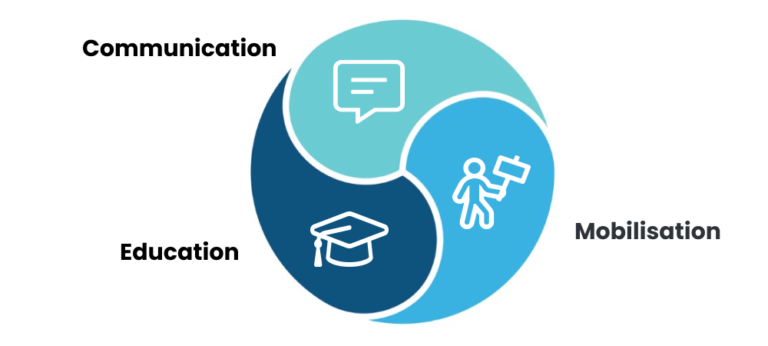This blog is co-authored by HqO’s Julia Paolucci and Greg Milnarik
Throughout the pandemic, CRE has tackled the unforeseen — showing agility, flexibility, and creativity in its problem-solving. As light emerges at the end of the COVID-19 tunnel, the real estate industry now appears energised and empowered to take on the next collective obstacle requiring industry-wide thought, collaboration, and innovation: climate change.
Whether it was hearing the birds sing on quieter streets, seeing pollution levels drop, or spending more time outdoors, this past year away from the office has given us a chance to glimpse at what a greener world would look like. In the same vein, it provided us the chance to reflect on how we would want to contribute to making this a more permanent reality.
People are far more willing than they ever have been to make personal contributions to this cause, whether it’s going electric, recycling, adopting reusable cups, rethinking travel methods, or any other individual initiatives becoming mainstream. For example, at Ted’s Countdown for Climate Change event in October 2020, 68% of the 50 million participants said that it was their first exposure to a climate change event. It is clear – there is a massive portion of the population starting to tune in to this cause.
It is no coincidence that this period has also brought the strictest environmental regulations to date onto the tables of the real estate sector. With goals to cut emissions by 55% by 2030 in Europe and potential penalties in excess of $10 billion in New York — with more surely to come under the Biden administration and the Paris agreement — the real estate sector’s time to take action is now.
The physical infrastructures in buildings play a major part in carbon generation, however the consumers of the buildings, i.e. the tenants, also have a very important role. Estimates show that user behaviour generates 60% of total building energy consumption.
So if CRE needs to bring down carbon emissions by 40% by 2030, how can your tenants help you get there?

Here are 3 steps as we see it:
- Education: We are all new to this. While there are many ways of reducing our carbon footprint, it can be tough to know where to start. Tenant reps have a lot of power in decision-making around energy-saving, so sharing best practices with them directly is instrumental.
- Communication: If you have a sustainability program, your tenants have to know about it. Whatever initiatives you have in place should be outlined clearly, for example clear communication around recycling policies. But communication goes two ways — you need to learn from your tenants! For example, real-time surveys can help you understand what your tenants would be willing to adopt as carbon-saving measures, and what they undertake personally. Additionally, knowing how many people in the building intend on buying an EV in the next 12 months allows you to plan for charging stations.
- Mobilisation: So you have a full sustainability policy, and initiatives to meet carbon-cutting goals — how do you get your tenants to adopt them?
As a tenant experience company, we can help you think of creative ways to engage tenants around a variety of topics to ensure they play their part. For everything sustainability, we are here to talk through your sustainability ideas and initiatives. Our objective is to bring the causes that are important to you directly to your tenants, and to bring them into tenants’ everyday experience of the building.
In our corporate real estate sustainability guide, we dive into a number of examples of how this can be done. In the meantime, feel free to reach out to brainstorm with us by emailing [email protected].



